New life in old city
Updated: 2015-03-16 07:39
By Mike Peters(China Daily)
|
|||||||||
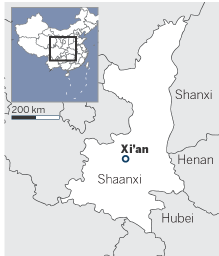 |
|
[Photo/China Daily] |
Tang is the word
In Beijing and Shanghai, the major ancient attractions are from the Ming and Qing dynasties, but those rulers are viewed as Johnnies-come-lately in Xi'an.
While the famously intact city walls are in fact Ming replacements for the much-larger Tang originals, it's the legacy of the Tang Dynasty that rules here today. It sometimes gets kitschy-such as the dinner theater show at Tang Dynasty restaurant, a tour-group magnet. (The foreigners with us found the glitzy spectacle with Vegas-esque costumes to be good fun, but the Chinese in our group mostly put their heads on the dining table, muttering "Tang Disneyland".)
There's a similarly hyped 8 pm fountain and music show at "the biggest musical fountain in Asia" at the Big Goose Pagoda that's worth seeing once.
Big Goose Pagoda is a must-see by day if you don't visit for the razzamatazz light show at night. The city's most famous landmark, it's a fine example of the squarish pagoda design of the Tang era. This one was finished in 652 to house the Buddhist sutras brought back from India by the monk Xuan Zang, whose travels inspired the famous Chinese literary work Journey to the West.
The other tomb
The actual mausoleum of Qin Shihuang, the emperor whose artisans created the Terracotta Warriors, has yet to be excavated. So there's nothing to see but a big mound, with a commanding view of the surrounding countryside.
We skipped that and headed north to the tomb of Emperor Jindi, a Han Dynasty (206 BC-AD 220) ruler influenced by Taoism.
It's a bit tricky to get there, and requires two buses and a short walk if using public transportation. So a hired car is easier and we thought well worth it.
The tomb features 21 narrow pits, and unlike the excavations at the Terracotta Warrior pits, you can learn a lot about daily life at the time from them.
Many of the pits are covered with glass flooring, so you can walk right over them and see the 3/4-scale figurines of eunuchs, servants, farm animals and more. The original figures had wooden arms and legs as well as colorful silk robes, all of course long gone with the ravages of time.
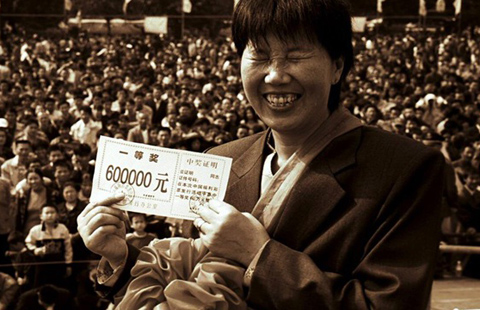
 Now and then: Lottery dream fading
Now and then: Lottery dream fading
 Braving the snow for greener pastures
Braving the snow for greener pastures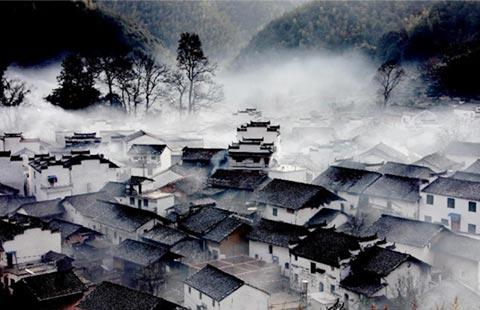
 Special: Preserve the past to live the future
Special: Preserve the past to live the future
 Push for Lunar New Year school holiday
Push for Lunar New Year school holiday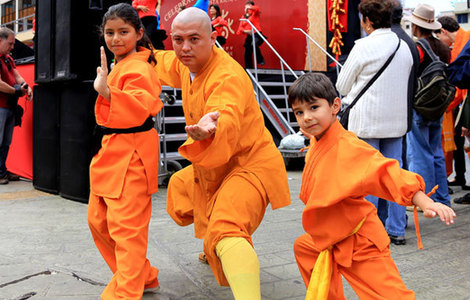
 Bruce Lee's legacy promotes Kungfu in LatAm
Bruce Lee's legacy promotes Kungfu in LatAm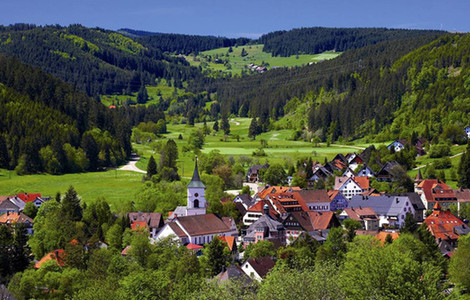
 Germany's Black Forest: a popular holiday destination
Germany's Black Forest: a popular holiday destination
 Sea of color at Shenzhen race
Sea of color at Shenzhen race
 Taking the fight to the terrorists
Taking the fight to the terrorists
Most Viewed
Editor's Picks

|

|

|

|

|

|
Today's Top News
Mutual respect, interests key to US relations
US targets vocational schools in visa crackdown
Washington pitched to tourist
China, Myanmar investigate deadly bombing in Yunnan: FM
Foreign investment restrictions
to be cut
Taking the fight to the terrorists
Action to be taken if deadly bombing happens again
New bureau set to boost graft fight
US Weekly

|

|








